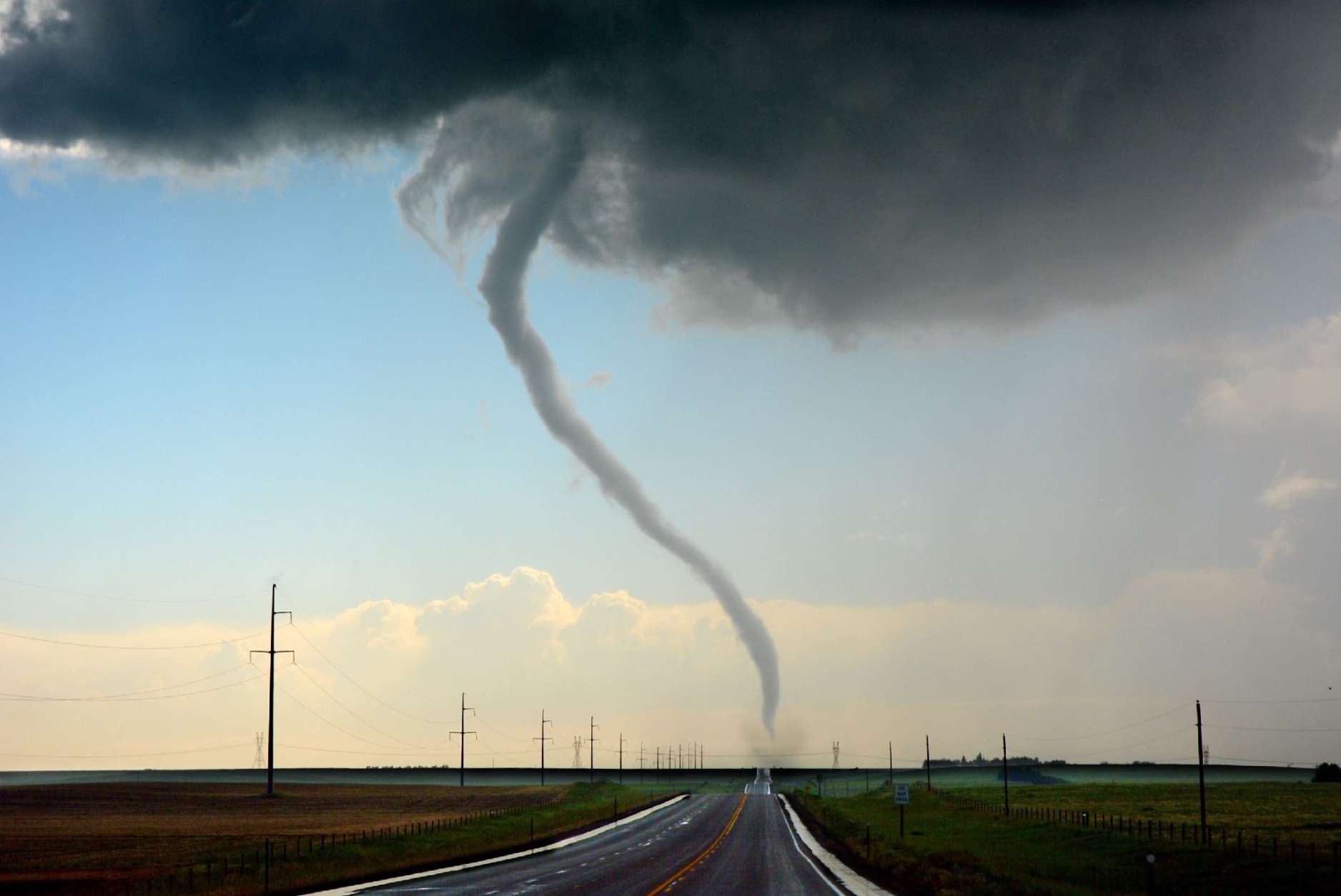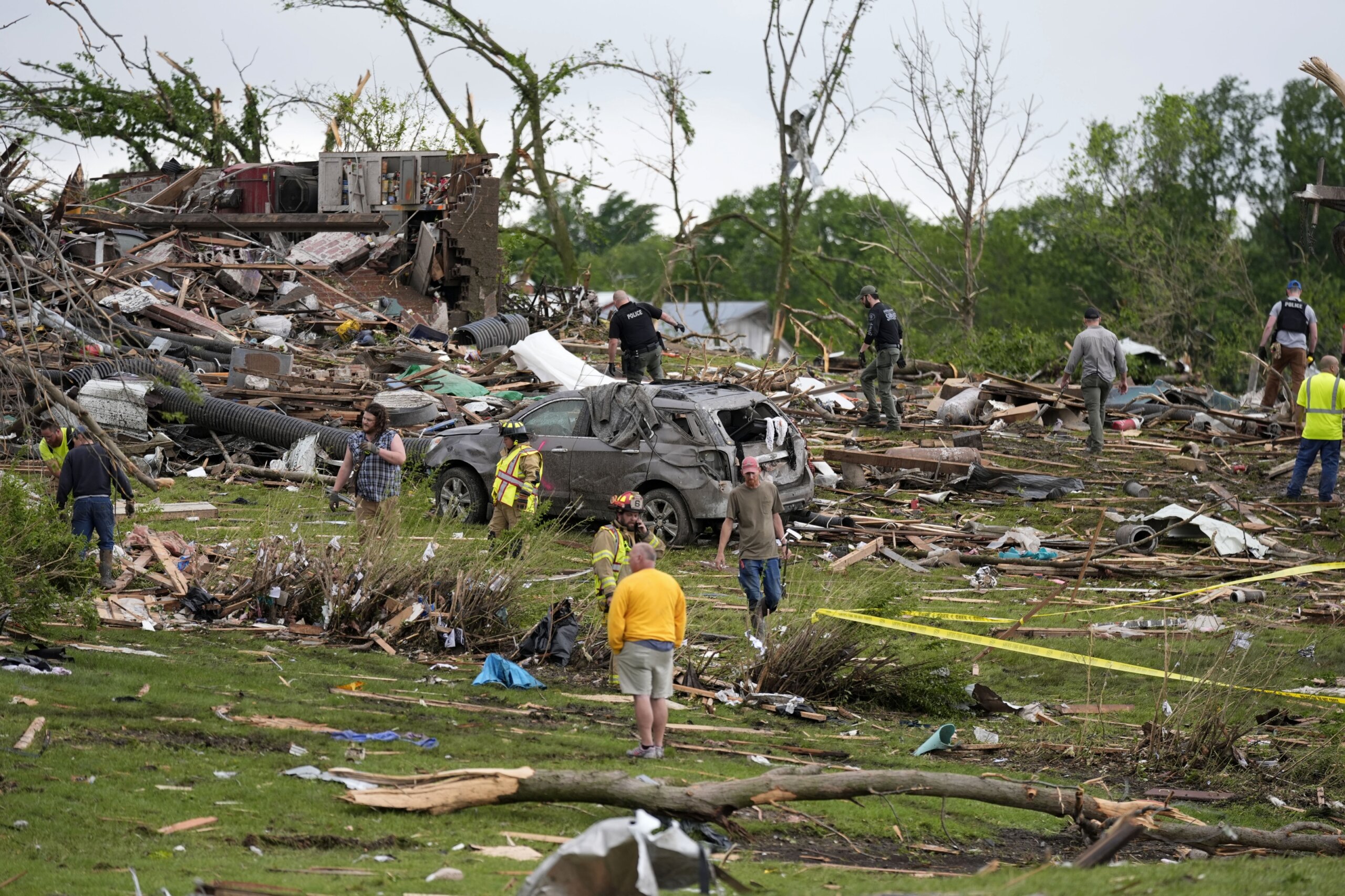Weather Storms and Tornadoes: Weather Storms Tornadoes
Weather storms tornadoes – Weather storms are intense weather systems that can cause significant damage and disruption. They can range from mild to severe, and can occur anywhere in the world. Some of the most common types of weather storms include thunderstorms, hurricanes, and tornadoes.
Weather storms such as tornadoes can be incredibly destructive, leaving behind a trail of devastation. One such tornado, the greenfield tornado , stands out as a particularly devastating event. With winds reaching speeds of up to 175 miles per hour, it caused widespread damage and loss of life.
However, the resilience of the Greenfield community in the face of such adversity serves as a testament to the strength of the human spirit. The aftermath of the tornado brought people together, reminding us that even in the wake of destruction, hope and rebuilding can prevail.
Formation of Weather Storms
Weather storms form when there is a difference in temperature and pressure between two air masses. This difference in pressure creates a wind, which can then become a storm if it is strong enough. The type of storm that forms depends on the temperature and pressure difference, as well as the amount of moisture in the air.
Weather storms and tornadoes can be devastating, leaving behind a trail of destruction. The greenfield tornado damage is a stark reminder of the power of these storms. The aftermath of a tornado can be overwhelming, but it is important to remember that there is hope.
Communities can come together to rebuild and recover, and we can learn from these events to better prepare for the future.
Characteristics of Weather Storms
Weather storms can be characterized by a number of different features, including:
- Strong winds
- Heavy rain or snow
- Thunder and lightning
- Hail
- Tornadoes
The severity of a weather storm is determined by the strength of its winds and the amount of precipitation it produces.
Impact of Weather Storms
Weather storms can have a significant impact on the environment. They can cause widespread damage to property and infrastructure, and can also lead to loss of life. In addition, weather storms can also disrupt transportation and communication systems, and can cause flooding and other environmental problems.
Weather storms tornadoes are a formidable force of nature, capable of causing widespread devastation. One particularly destructive tornado recently struck Iowa, leaving a trail of damage in its wake. The iowa tornado serves as a stark reminder of the immense power of these storms.
As we continue to face the increasing frequency and intensity of weather storms tornadoes, it is crucial that we take steps to prepare for and mitigate their potential impacts.
Notable Weather Storms
Some of the most notable weather storms in history include:
- The Great Galveston Hurricane of 1900
- The Okeechobee Hurricane of 1928
- Hurricane Katrina of 2005
- The Joplin Tornado of 2011
These storms caused widespread damage and loss of life, and are a reminder of the power of nature.
Tornado Formation and Dynamics

Tornadoes are violent rotating columns of air that extend from the base of a thunderstorm cloud to the ground. They are among the most destructive forces of nature, capable of causing widespread damage and loss of life. Understanding the atmospheric conditions that lead to tornado formation is crucial for developing early warning systems and mitigating their impact.
The formation of tornadoes requires a specific combination of atmospheric conditions, including:
- Wind shear: Wind shear refers to the difference in wind speed and direction between different levels of the atmosphere. Strong wind shear can create horizontal spinning motion within a thunderstorm updraft.
- Instability: Atmospheric instability refers to the tendency of air to rise when lifted. Warm, moist air is less dense than cooler, drier air and will rise when forced upward. This upward movement creates updrafts within thunderstorms.
When wind shear and instability are present, the following stages of tornado lifecycle typically occur:
Initiation
The initial stage of tornado formation begins with the development of a thunderstorm updraft. As the updraft intensifies, it can tilt horizontally due to wind shear. This tilting motion creates a rotating column of air, known as a mesocyclone.
Weather storms tornadoes can cause widespread devastation, leaving a trail of destruction in their wake. For example, a tornado in Iowa today tore through a small town, ripping apart homes and businesses. Tornadoes are a powerful force of nature that can strike with little warning, so it’s important to be prepared and have a plan in place in case one threatens your area.
Weather storms tornadoes can also cause flooding, power outages, and other disruptions, so it’s important to stay informed about the latest weather conditions and take precautions to stay safe.
Development
As the mesocyclone continues to rotate, it can become more organized and descend towards the ground. The descending air creates a funnel cloud, which is a visible condensation funnel that extends from the base of the thunderstorm cloud. If the funnel cloud touches the ground, it becomes a tornado.
Maturity
The mature stage of a tornado is characterized by a well-defined funnel cloud and strong winds. The tornado can reach its maximum intensity during this stage, causing significant damage and destruction.
Weather storms can bring heavy rainfall, strong winds, and even tornadoes. One notable tornado event was the greenfield ia tornado , which caused significant damage in 2004. Tornadoes are powerful and destructive forces of nature that can cause widespread devastation.
It is important to be aware of the risks associated with weather storms and to take precautions to stay safe.
Dissipation
The final stage of a tornado occurs when the updraft that sustains it weakens. As the updraft decreases, the tornado loses its energy and begins to dissipate. The funnel cloud will shrink and eventually disappear, and the tornado will weaken and eventually lift off the ground.
Tornado Impacts and Mitigation

Tornadoes, with their immense destructive power, pose significant threats to human populations and infrastructure. Their impacts range from loss of life and injuries to extensive property damage and disruption of essential services.
Tornadoes can cause severe structural damage to buildings, homes, and other structures. The high winds can rip roofs off, shatter windows, and collapse walls. Flying debris, such as pieces of wood, metal, and glass, can become deadly projectiles. Tornadoes can also uproot trees, down power lines, and disrupt communication systems.
Tornado Detection and Warning Systems
Early detection and warning systems are crucial for mitigating tornado impacts. Meteorologists use various tools, including Doppler radar, weather satellites, and spotter networks, to monitor weather conditions and issue timely warnings.
Doppler radar detects the movement of precipitation particles, providing information about wind speed and direction. Weather satellites track cloud patterns and monitor atmospheric conditions that favor tornado formation. Spotter networks, composed of trained volunteers, report sightings of tornadoes and provide valuable ground-level information.
Tornado Mitigation Strategies, Weather storms tornadoes
Several strategies are employed to mitigate tornado damage and protect lives. Building codes and regulations require structures to be built with reinforced foundations, wind-resistant materials, and safe rooms or underground shelters.
Community education and awareness programs inform the public about tornado safety measures. Drills and emergency plans help people prepare for and respond to tornado warnings. Proper sheltering in designated safe areas, such as basements or interior rooms on lower floors, can significantly reduce the risk of injury or death.
Tornado Forecasting and Research

Understanding the intricacies of tornado formation and behavior has been a longstanding pursuit in meteorological science. While significant progress has been made in recent decades, the precise prediction and timely warning of tornadoes remain elusive, posing ongoing challenges for researchers and forecasters alike.
Current tornado forecasting methods primarily rely on the identification of favorable atmospheric conditions, such as the presence of strong updrafts, wind shear, and instability, using a combination of numerical weather prediction models and real-time observations. However, these models often have limitations in accurately predicting the precise timing, location, and intensity of tornadoes, leading to false alarms and missed warnings.
Ongoing Research Efforts
To overcome these limitations, ongoing research efforts are focused on several key areas:
- Improved data collection and analysis: Enhancing the network of weather observation systems, including radar, lightning detectors, and ground-based sensors, provides more comprehensive data for model initialization and real-time monitoring.
- Advanced numerical modeling: Developing more sophisticated numerical weather prediction models that can better simulate the complex interactions and processes leading to tornado formation.
- Artificial intelligence and machine learning: Utilizing machine learning algorithms to analyze large datasets and identify patterns that can improve tornado prediction accuracy.
Areas for Future Research and Advancements
Despite the advancements made, there remain several areas where future research and developments can further enhance tornado forecasting capabilities:
- Short-term tornado prediction: Developing methods for providing more precise and timely warnings of tornadoes, reducing the lead time between detection and impact.
- Ensemble forecasting: Exploring ensemble forecasting techniques that combine multiple model runs to provide a more probabilistic and reliable forecast of tornado occurrence.
- Human-centered forecasting: Improving the communication and dissemination of tornado forecasts and warnings to ensure they are easily understandable and actionable by the public.